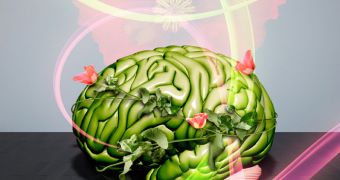An international collaboration of scientists announces the discovery of a key mechanism inside the human immune system, which appears to be responsible for boosting and amplifying users' addiction to opioid drugs.
This class of chemicals includes opium, morphine and heroin. The conclusions of the new study could in the near future be used to create new drugs and therapies to help people who have become addicted to these substances.
Scientists from the University of Adelaide, in Australia, and the University of Colorado, in the United States, say that the newly-found mechanism can be used both to block addiction, and provide significantly more pain relief to recovering addicts than currently possible.
One of the most significant findings made in the study was that the immune-addiction response can be selectively blocked by the drug (+)-naloxone, a mirror-image chemical of the well-known substance (-)-naloxone. The study is published in the August 16 issue of the esteemed Journal of Neuroscience.
“Our studies have shown conclusively that we can block addiction via the immune system of the brain, without targeting the brain's wiring,” says Dr. Mark Hutchinson, who adds that the research was focused on the molecules Toll-Like receptor 4 (TLR4), an immune system receptor.
“Both the central nervous system and the immune system play important roles in creating addiction, but our studies have shown we only need to block the immune response in the brain to prevent cravings for opioid drugs,” the expert goes on to say.
Hutchinson was the lead author of the new investigation. He holds an appointment as an ARC Research Fellow with the University of Adelaide School of Medical Sciences. “Opioid drugs such as morphine and heroin bind to TLR4 in a similar way to the normal immune response to bacteria,” he says.
“The problem is that TLR4 then acts as an amplifier for addiction,” Hutchinson adds. What (+)-naloxone does is automatically shut down the addiction pathway. This means that the need to take opioids simply disappears.
In addition to addressing addiction issues, new drugs that will be formulated using this chemical may be used in association with morphine, so that patients in need may still benefit from its pain relief properties, but without becoming addicted.
“This has the potential to lead to major advances in patient and palliative care,” explains UCB Center for Neuroscience professor Linda Watkins, the senior author of the research paper.

 14 DAY TRIAL //
14 DAY TRIAL //